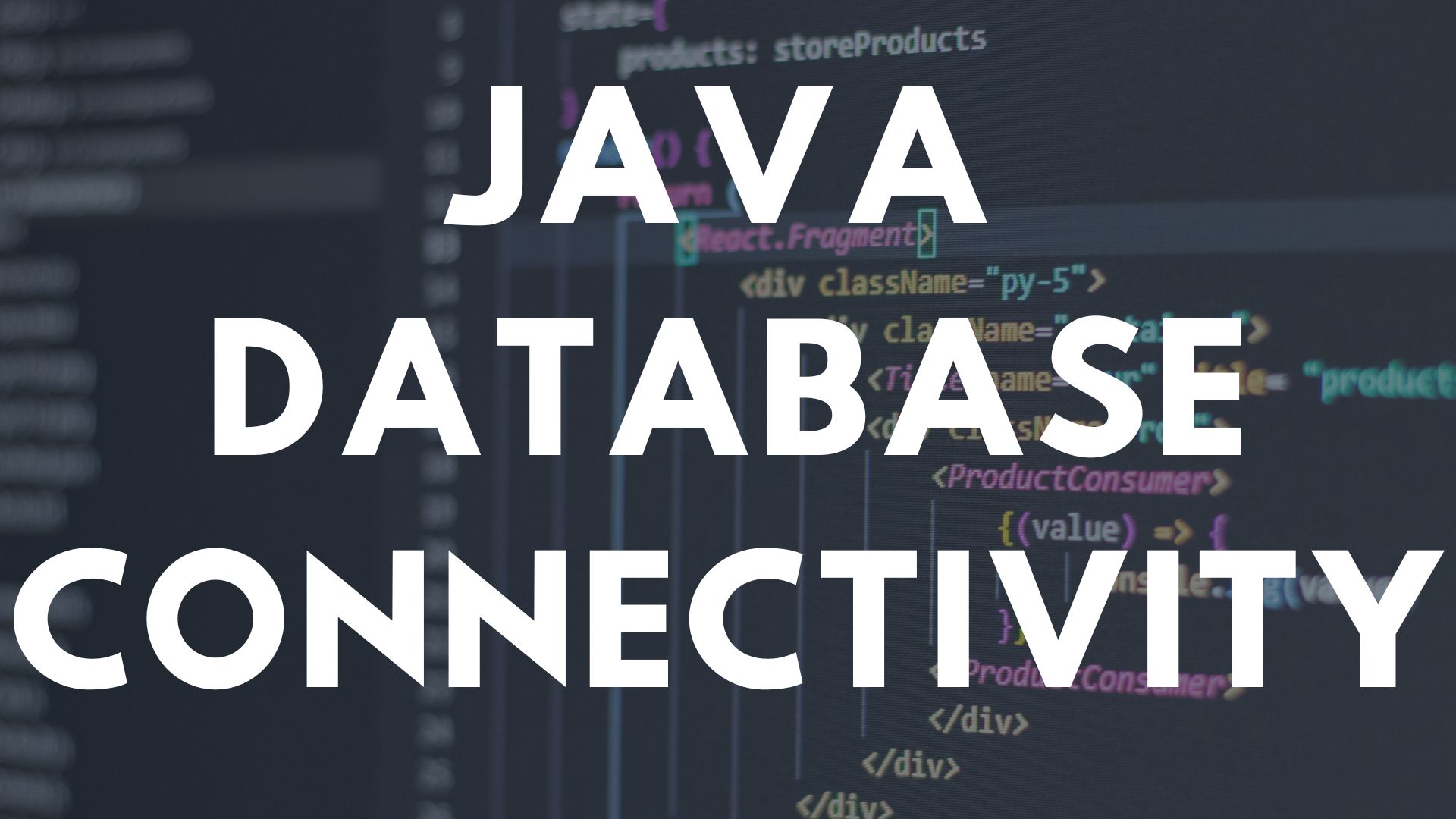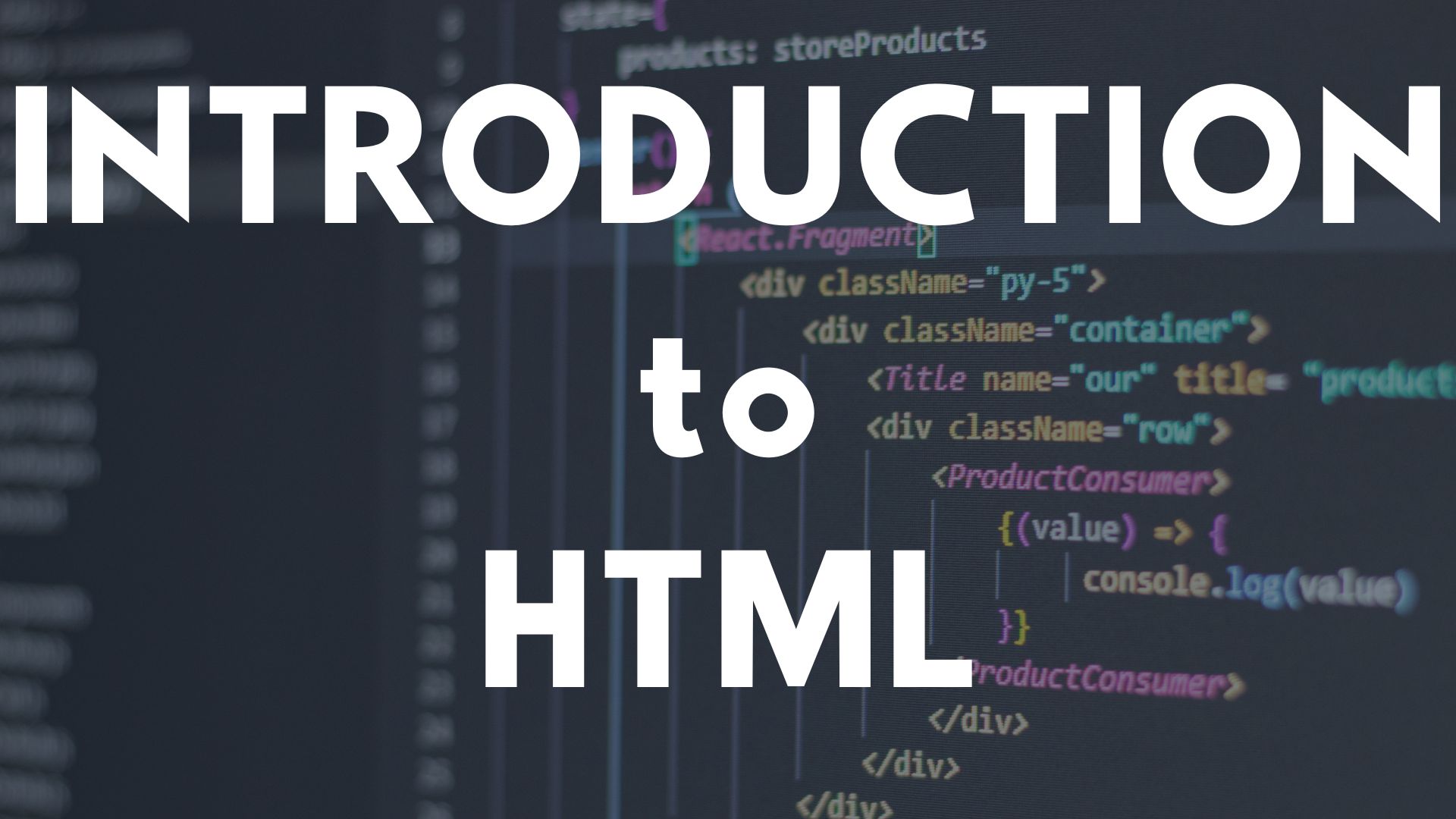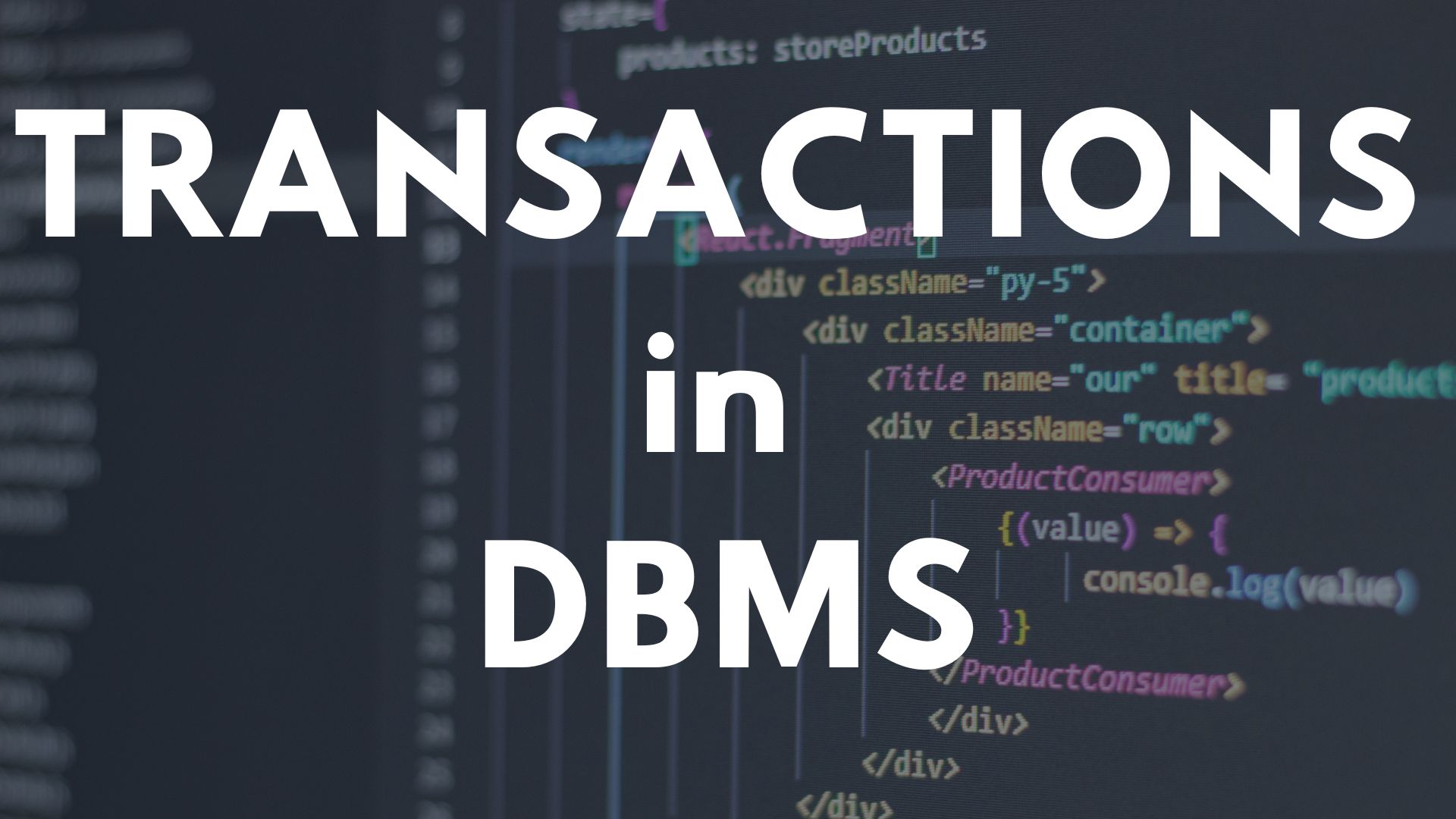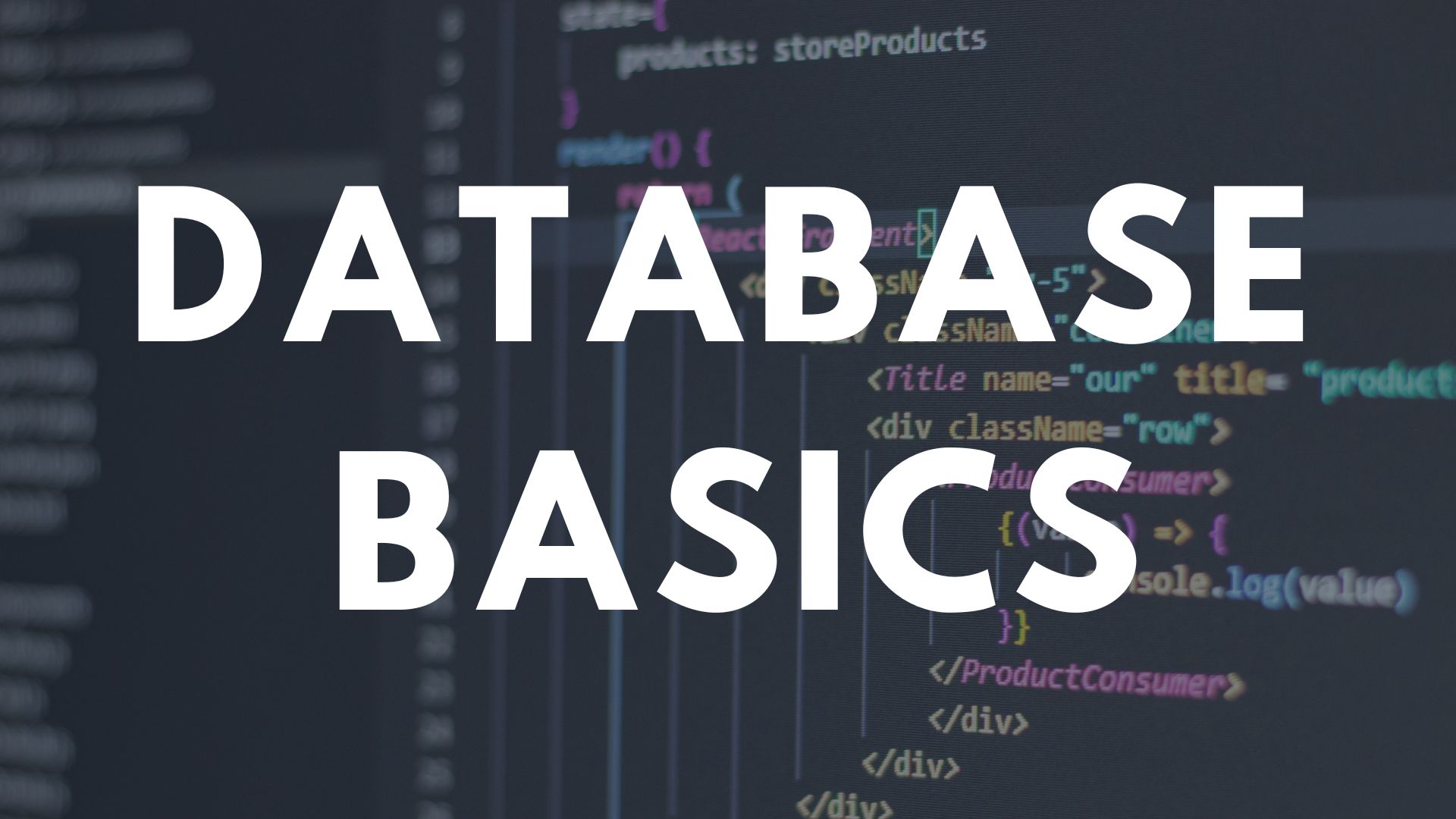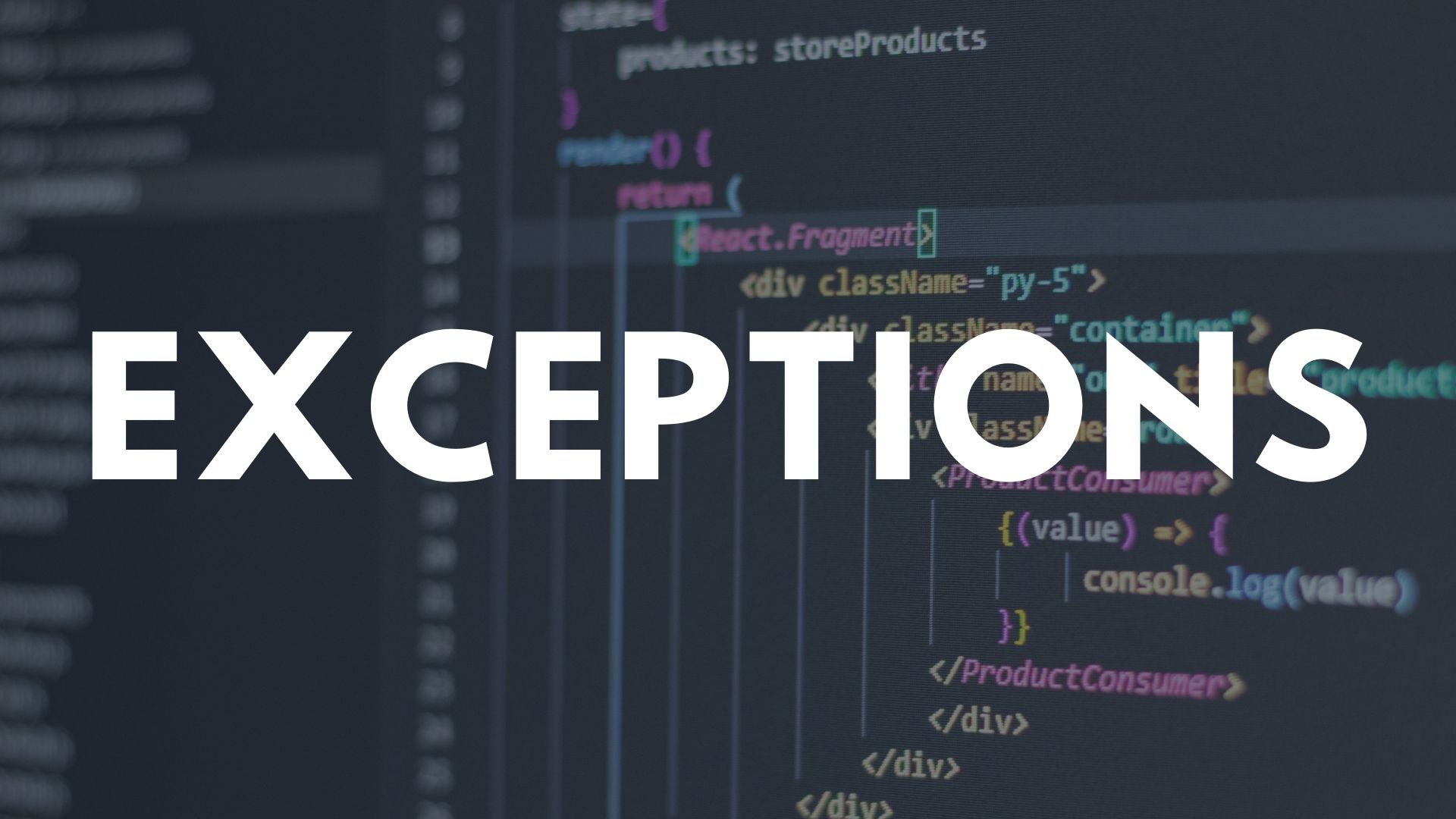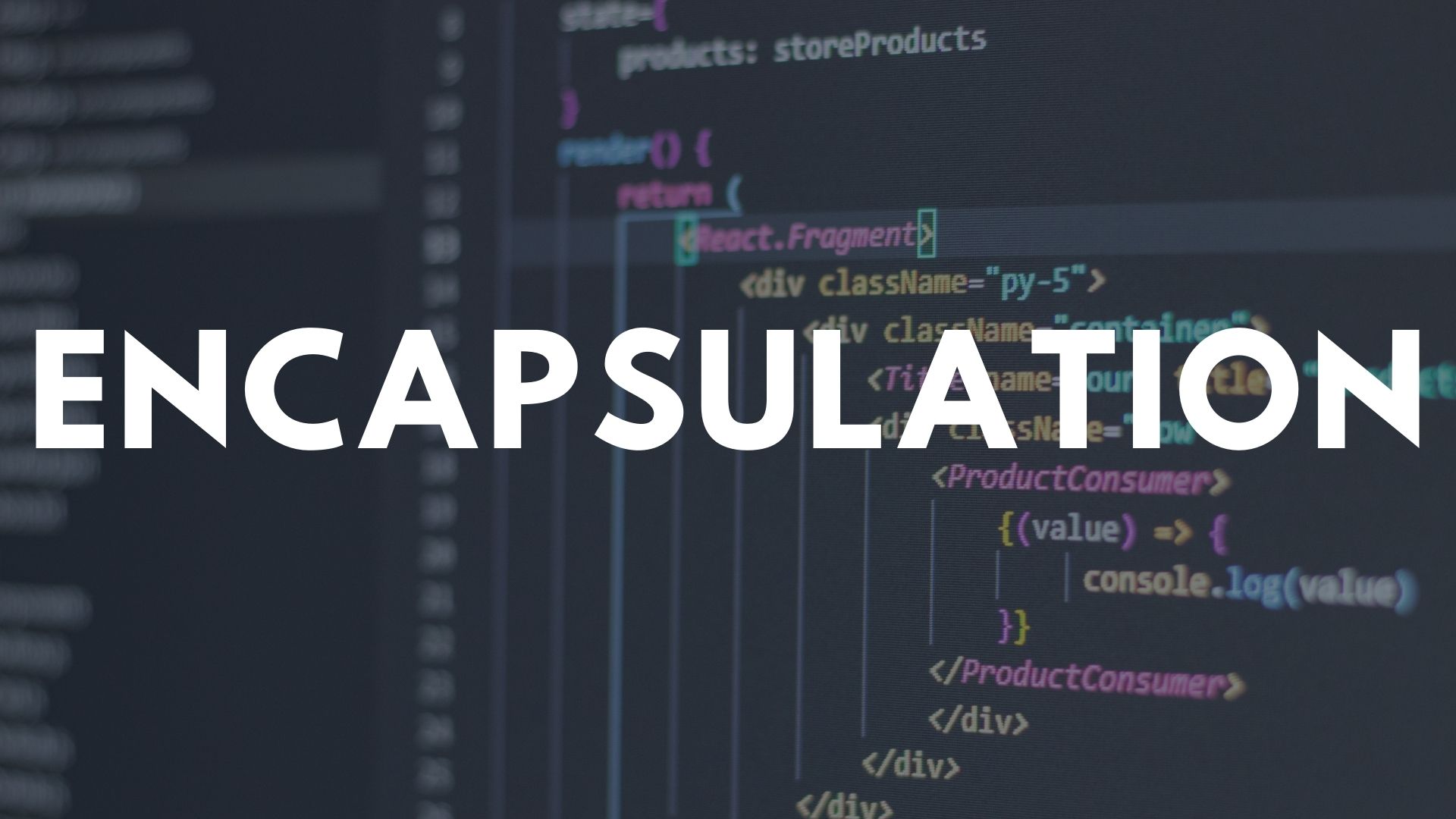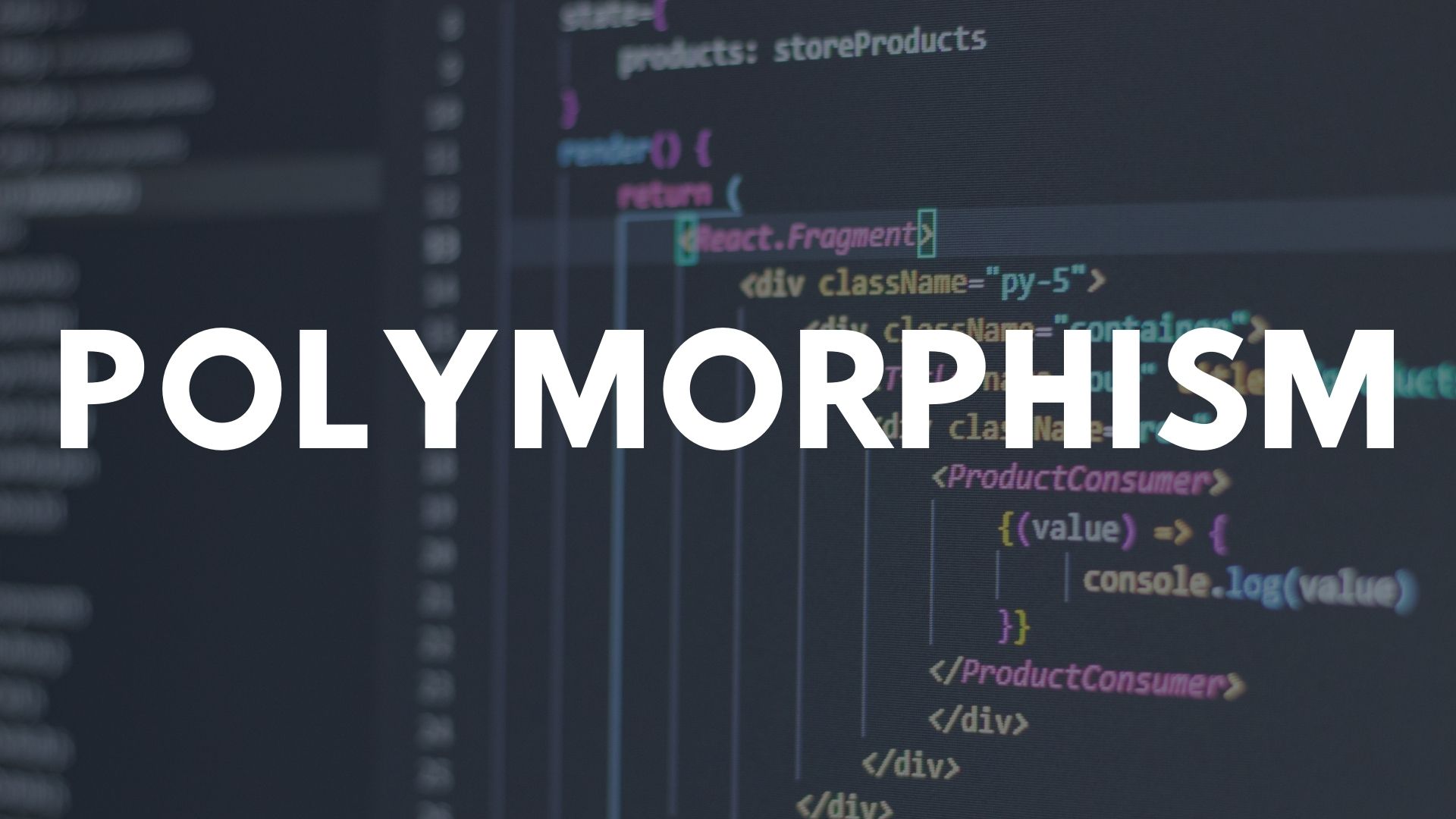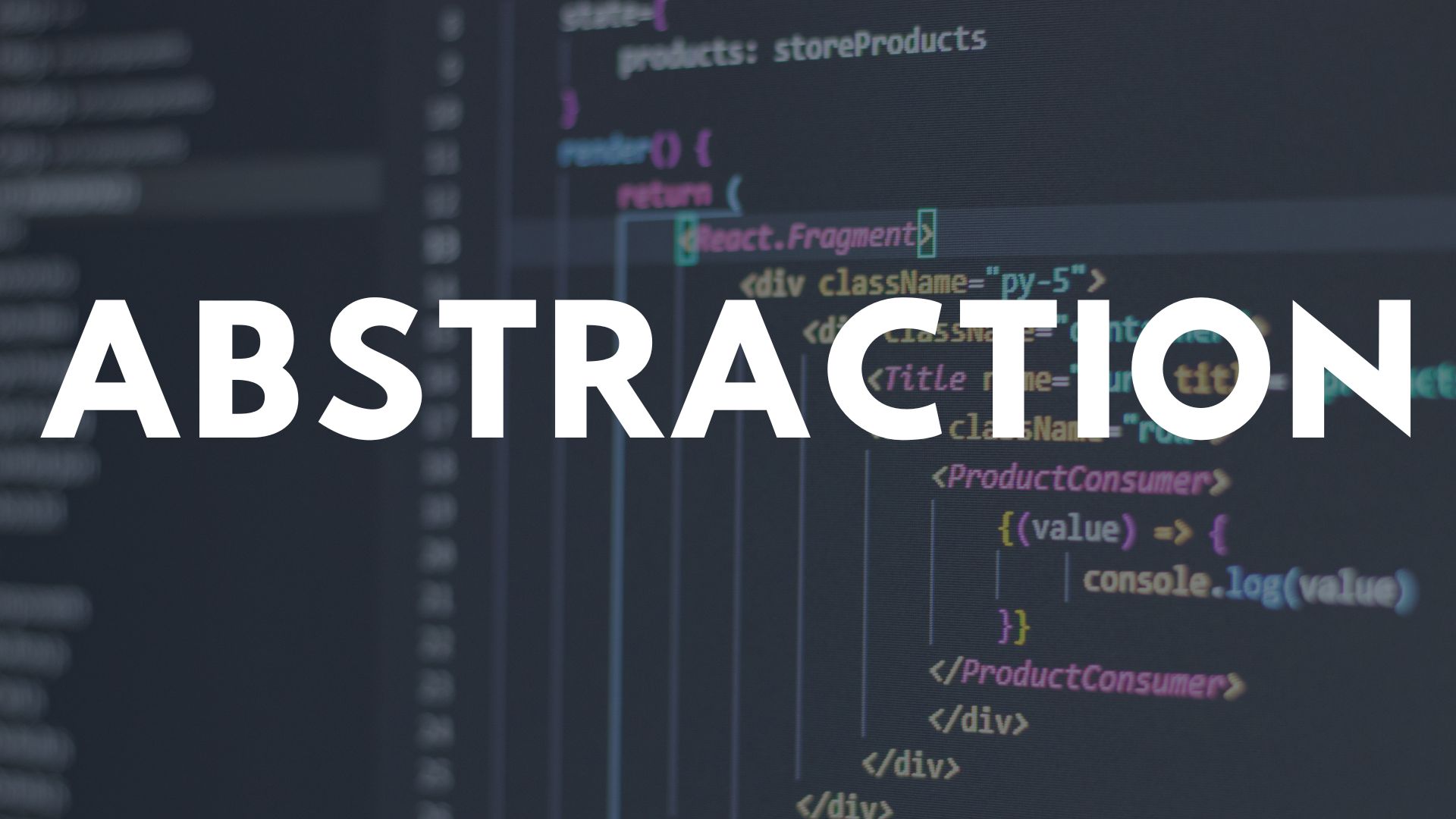A Brief Introduction to Angular
If you are new to Angular and have somehow stumbled upon this blog…kudos🎉 your search ends here. Let’s learn Angular from scratch… Soooo… what is Angular again??? Angular is a Javascript framework that allows you to create reactive Single-Page-Applications(SPAs). Note: you need to install Angular CLI to create applications on the Angular framework and to … Read more


